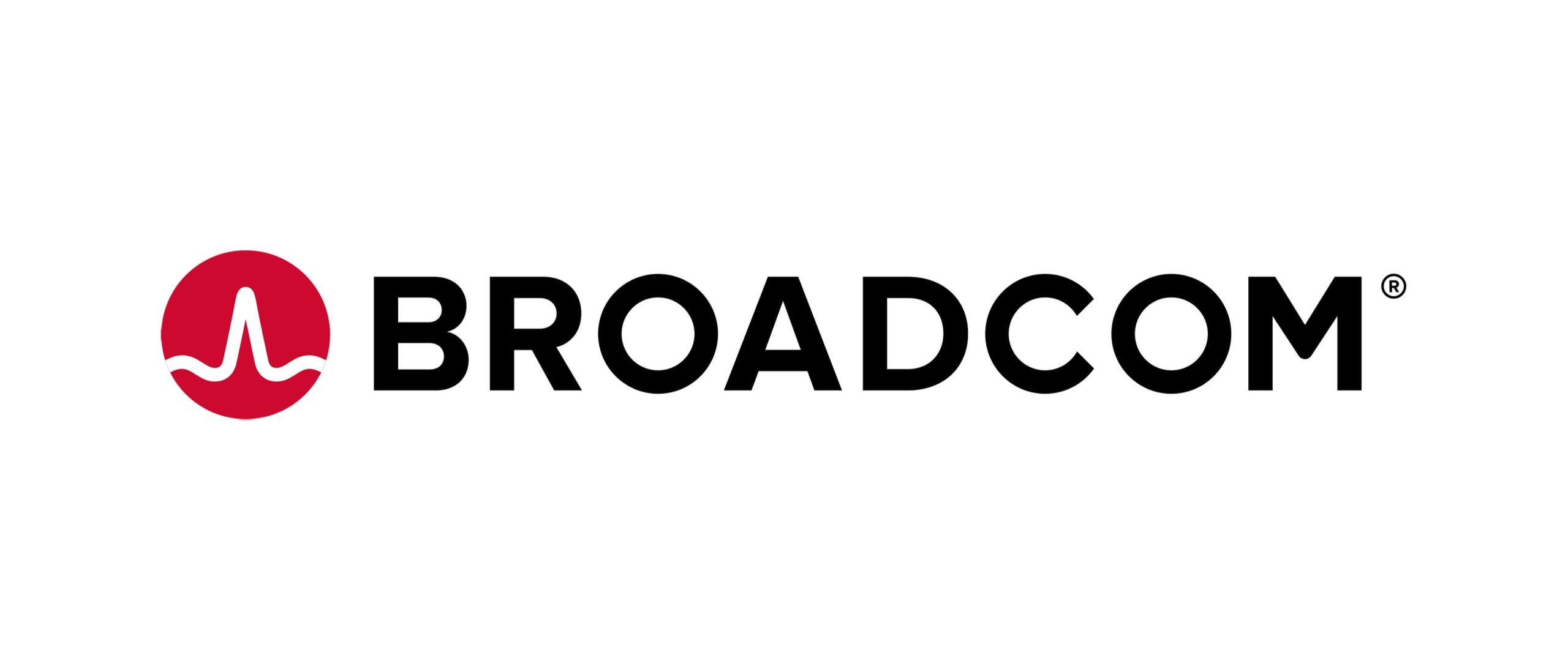Broadcom held its annual mainframe software analyst summit in Boston last week and invited 30 or so analysts to attend and learn about what’s happening in the world of CICS, COBOL, and green screens. I’ll be the first to admit that I don’t spend as much time tracking the mainframe market. However, I’m an ex-IT executive who has overseen mainframe teams, meaning that I mostly left them to their own devices and D&D games.
The couple of days I spent in my hometown were well worth it. In the following sections, I’ll discuss my takeaways from the Summit.
Mainframe? Really?
You bet. Want to get a feel for what mainframes do in today’s world? Consider this:
- There are between 3,000 and 3,500 mainframe customers, which is a minuscule number compared to the distributed computing market—but hardly insignificant.
- This includes 44 of the top 50 banks, which use mainframes for transaction processing.
- The list also includes all of the top 10 insurers.
- Mainframes handle 87% of all credit card transactions, amounting to $8 trillion annually.
- A single IBM mainframe (zSystem) can support up to 2.5 billion daily transactions.
- According to Visa, one second of downtime for the mainframe environment amounts to 70,000 lost transactions—or about $300,000 per second.
So yes, the mainframe is still incredibly relevant and critical to organizations worldwide. Further, a vibrant ecosystem of software makers and communities is dedicated to advancing the way mainframes play in the larger IT ecosystem. This includes everything from application development and support to observability and management to the larger generative AI craze.
With this said, organizations face challenges in maintaining this equipment that has had a home in the datacenter for decades. The first challenge is a technical one related to modernization—how to create development, observability, and management environments that are consumable by a new generation of developers, programmers, and systems folks who don’t live in green screens.
The closely related second challenge is a people issue: modernized environments or no, mainframes require people who are skilled in the development and especially the maintenance of mainframe applications, plus people who can maintain mainframe environments. Let’s face it, recent computer science graduates and other techies tend to be more attracted to what’s new and cool. So, how does an organization attract, hire, and retain good (and young) talent to replace a cohort of mainframe experts that is aging out of the workforce?
These challenges are what bring companies including Broadcom into the mainframe software business. There is a real opportunity for these companies to deliver value to the largest organizations in supporting their mission-critical mainframe workloads.
Is Broadcom Really in the Mainframe Software Market?
This is an earnest question from many tech pros who are not familiar with this specific niche. The answer: Broadcom is not only in the mainframe software market but also the most prominent player. That’s because this semiconductor company that builds networking and custom AI silicon acquired the venerable Computer Associates (CA) six years ago. At the time, many industry observers wondered what the heck Broadcom CEO Hock Tan and team were thinking. Silicon and software organizations are entirely different and require a completely different management style.
Post-acquisition, the business formerly known as CA has essentially become a wholly owned subsidiary within the Broadcom portfolio. It has its own P&L commitments, along with a dedicated staff focused on growing its legacy business. Speaking to this point at the analyst event, SVP and general manager Greg Lotko pointed out that since the acquisition, Broadcom has increased the operating budget and headcount of the business unit formerly known as CA every year.
This reality runs counter to what some industry pundits would have one believe. Some of those folks want to regard Broadcom as simply monetizing its CA investment to the greatest extent. However, these people—knowledgeable as they may be in other areas—have not spent time in the mainframe market and really don’t understand its dynamics. When looking at the company’s activity in the mainframe community through products, services, open source contributions, and workforce revitalization efforts, it is clear that Broadcom regards this business as a strategic pillar worthy of significant investment.
Key Areas of Broadcom’s Mainframe Strategy
To expand on the challenges already mentioned, Broadcom appears to be focused on three distinct areas in the mainframe market.
1. Simplifying how applications are built and maintained. Broadcom is doing this by modernizing how developers and programmers interact within the integrated development environment (IDE) through Code4z. In the mainframe world, programmers have long relied on the famous green screen / command line interface to maintain code. While many mainframe programmers still rely on this interface, Broadcom has shown that it’s critical to build a clean new visual interface for newly trained mainframe personnel that provides tooling for easy code examination and editing.
This approach is extended via integration into Microsoft’s very popular IDE, Visual Studio. This integration brings mainframe coding into the larger developer community, with support for Git and source control as well as common DevOps (CI/CD) practices.
All of this speaks to the adaptability of the mainframe environment in the modern data-driven enterprise. Being able to interact with and leverage the data of the mainframe is critical—and this is where Broadcom seems to be keenly focused.
2. Simplifying the way mainframe environments are monitored and managed. One of the most significant announcements to come out of the Broadcom mainframe software group since the acquisition of CA is Watchtower, an observability platform for mainframe environments. The criticality of mainframes for business processes means that gaining insights into their performance and catching potential issues before they arise is extra important. This is precisely what Watchtower does.
In addition to this, Watchtower can interface with third-party observability tools such as Splunk or Datadog through open-source OpenTelemetry APIs. This is one of those capabilities that some may overlook or otherwise minimize. But anybody who spends money in IT understands how much easier life is when administrators can reduce the number of apps and screens they have to keep open to oversee their environment. It’s the little things like this that demonstrate the Broadcom team’s deep understanding of its customers.
3. Revitalizing the mainframe workforce. If there are any lingering questions about Broadcom’s commitment to the mainframe market, they should be more than answered by the company’s Vitality Residency Program. Through this program, Broadcom recruits, hires, trains, and mentors professionals to support customer environments.
After months of training, these newly certified mainframe pros go on site to be mentored by the customer’s existing team, easing into the subject matter expert role. After some time, a succession plan kicks in: If the Broadcom customer wants to hire these professionals as employees, it has that option; if instead it wants to use these professionals on a staff-augmentation basis, that is possible as well.
Among a number of critical products and services Broadcom is delivering to the market, this is perhaps the most valuable. While all IT organizations face skill gaps, the mainframe is particularly challenging because of an aging workforce that has built incredible institutional knowledge—including a lot of knowledge that can’t be documented well enough for a new programmer to fully understand without a period of being mentored.
In short, not only is Broadcom really in the mainframe business, but through these three facets of its strategy, it is doubling down.
Quick Takeaways from the Analyst Summit
I’ve been around long enough that I wasn’t surprised by the mainframe’s relevance in the enterprise. Anyone who has spent time in the right type of enterprise IT organization understands just how big a role the mainframe plays in driving business.
However, I was surprised at how vibrant the mainframe software community is. Broadcom is one of a few players competing in this space, in addition to an open-source community constantly pushing the market forward.
I was also surprised at how much of an investment Broadcom puts into ensuring the mainframe maintains relevance in the modern IT landscape. This platform has been around since the 1960s and has lived through many trends. Thanks to the AI boom, we are in what is perhaps the most transformative time the industry has seen. And Broadcom appears to be investing to ensure that the mainframe still plays a relevant role.
What is the GenAI Story for Mainframes?
In terms of GenAI, Broadcom is taking a cautious, methodical crawl-walk-run approach. It is first using GenAI to improve internal processes and tools. In the mainframe context, two of the use cases that stood out to me were prompt engineering and internal support. Call this the “crawl” phase.
The “walk” phase might be enabling customers to use these tools in their own environments. This could mean productizing the prompt-engineering solution so developers at customer sites can use GenAI to explain, edit, and create new code.
If I understood the Broadcom team correctly, they would consider “running” to be building out tools that enable GenAI to power customer applications so that the customer’s community can be better served, for example with a customer service chatbot. This would likely include a combination of Broadcom products and services.
Based on what I heard at the event, I would say that Broadcom is bullish on crawling and sees the great value in walking. It was a little more measured about the running phase. I may be a little contrarian in my own sense of reserve about this, but I can appreciate the company’s cautious approach about jumping into the GenAI space. Using GenAI to improve your products or services is one thing. Becoming a GenAI solutions provider is entirely different and would take significant investments. Frankly, it would take a different company.
Final Thoughts
Ever since I’ve been in the industry—since 1990, in other words—the mainframe has been “on its way out.” Fast-forward almost 35 years, and the mainframe is maybe more critical and relevant than ever.
What I learned last week is that not only is the mainframe here to stay, but it complements the modern IT landscape. Indeed, in key industries it enables digital transformation initiatives thanks to the work of companies like Broadcom.
Finally, it was a breath of fresh air to talk about something other than GenAI for two days straight. With its mainframe business, Broadcom is addressing real issues that happen in real IT organizations on a daily basis, and I’m grateful for this.
























































































